Ranitidine Hydrochloride + Domperidone was a widely used combination medication for treating acid reflux, gastritis, and gastroesophageal reflux disease (GERD). Ranitidine, an H2-receptor antagonist, reduced stomach acid production, while Domperidone, a prokinetic agent, enhanced gastrointestinal motility, preventing nausea and acid-related discomfort. However, due to safety concerns regarding N-nitrosodimethylamine (NDMA) contamination, ranitidine has been withdrawn from the market in many countries, including the United States.
Key Features of the Combination:
1. Mechanism of Action:
Ranitidine Hydrochloride:
- Blocks histamine H₂ receptors on the parietal cells of the stomach, reducing stomach acid production.
Domperidone:
- Acts as a dopamine D₂ receptor antagonist, increasing the motility of the upper gastrointestinal tract and preventing nausea and vomiting.
2. Uses (Historical):
- Gastroesophageal Reflux Disease (GERD): To relieve heartburn, acid reflux, and regurgitation.
- Dyspepsia: For symptoms like bloating, early satiety, and nausea.
- Gastric Motility Disorders: To improve gastric emptying in conditions like gastroparesis.
Dosage (Historical):
- The typical dose was Ranitidine 150 mg + Domperidone 10 mg, taken twice daily before meals.
- Dosage adjustments were made based on the severity of symptoms and the patient’s response.
Benefits of the Combination:
1. Dual Action: Ranitidine reduces stomach acid, while domperidone improves gastric motility and prevents nausea.
2. Symptom Relief: Effective for both acid-related symptoms (e.g., heartburn) and motility-related symptoms (e.g., bloating, nausea).
Side Effects:
Though generally well-tolerated, side effects could occur:
Ranitidine:
- Headache, constipation, or diarrhea.
- Rarely, liver toxicity or blood disorders.
Domperidone:
- Dry mouth, headache, or abdominal cramps.
- Rarely, cardiac arrhythmias (e.g., QT prolongation).
Who Should Avoid This Combination? (Contraindications)
- Hypersensitivity to ranitidine, domperidone, or any of their components.
- Severe Liver or Kidney Impairment: Dose adjustment required.
- Prolactinoma: Domperidone increases prolactin levels.
- Cardiac Conditions: Domperidone may cause QT prolongation.
Drug Interactions:
- Ketoconazole or Itraconazole: Increased risk of QT prolongation with domperidone.
- Warfarin: Ranitidine may increase bleeding risk.
- Dopamine Agonists: Domperidone may reduce their effectiveness.
Precautions:
1. Cardiac Monitoring: Domperidone may cause QT prolongation; monitor ECG in high-risk patients.
2. Liver and Kidney Function: Monitor liver and kidney function, especially in patients with pre-existing conditions.
3. Pregnancy and Breastfeeding: Use only if needed and under medical supervision.
Why Was Ranitidine Withdrawn?
- NDMA Contamination: Ranitidine was found to contain N-nitrosodimethylamine (NDMA), a potential carcinogen.
- As a result, it was banned or withdrawn in several countries, including the United States, Canada, and India.
Alternatives to Ranitidine + Domperidone:
| Feature | Ranitidine + Domperidone | Famotidine + Domperidone | Omeprazole + Domperidone |
|---|---|---|---|
| Mechanism | H₂ blocker + dopamine antagonist | H₂ blocker + dopamine antagonist | PPI + dopamine antagonist |
| Primary Use | GERD, dyspepsia, motility issues | Similar to ranitidine + domperidone | Similar to ranitidine + domperidone |
| Market Status | Withdrawn (safety concerns) | Available | Available |
Note: Proton Pump Inhibitors (PPIs) like Omeprazole and Pantoprazole are often recommended as safer and more effective alternatives to Ranitidine.
Conclusion:
The Ranitidine Hydrochloride + Domperidone combination was widely used for GERD, acidity, and gastric motility disorders. However, due to safety concerns related to NDMA contamination, ranitidine has been withdrawn globally.
Patients should consult their healthcare provider to switch to safer alternatives like Famotidine + Domperidone or Proton Pump Inhibitors (PPIs) like Omeprazole. Always follow medical guidance before changing medications.









